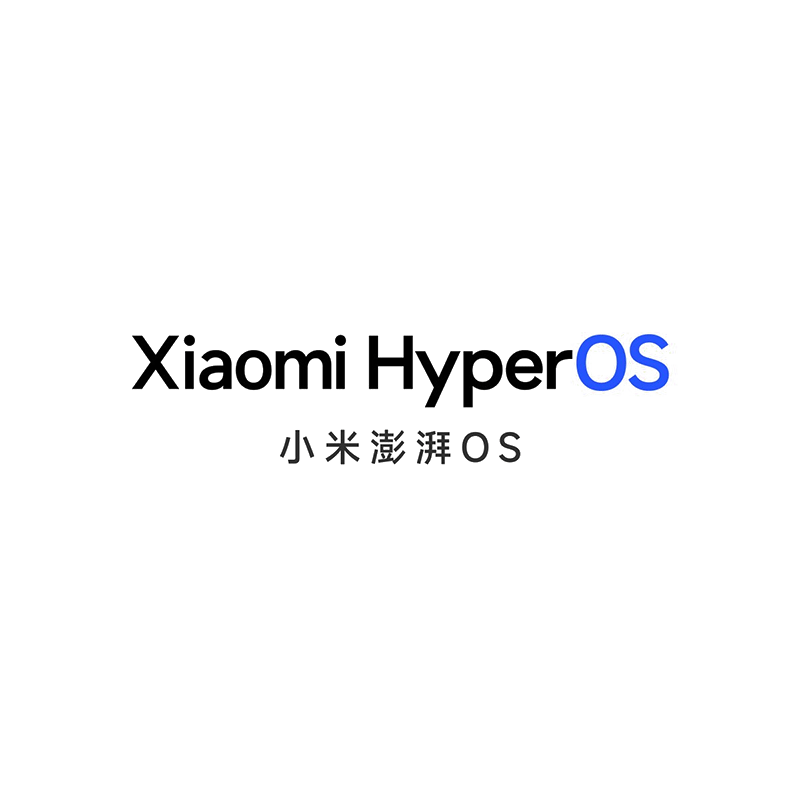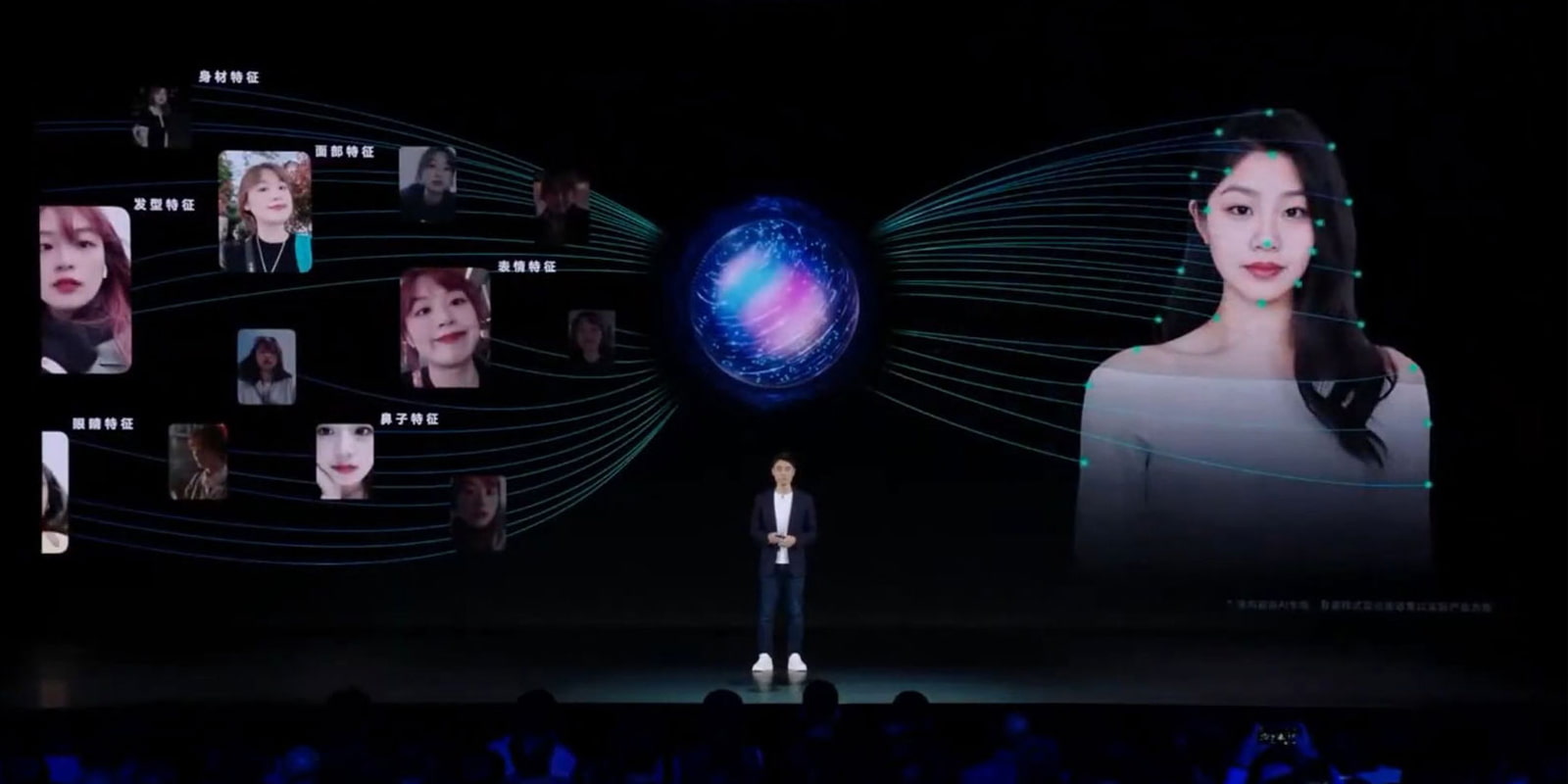
Generative AI is the hype, and more companies are adopting the technology to benefit their own.
This time, it's Xiaomi's turn. Following the trend that was kickstarted by OpenAI when it introduced ChatGPT, pretty much all major tech companies began trying the technology and experiment on it.
And Xiaomi, the tech giant from China, is introducing its own version of generative AI, through an operating system.
Calling it HyperOS, the operating system is based on the system kernel fusion of Android and Xiaomi Vela.
The purpose of this operating system, is to power smart devices, with the goal of becoming the unifier for all Xiaomi's computing platform and Xiaomi’s smart hardware interconnection ecosystem.
We are thrilled to unveil our remarkable achievement after 13 years of technological exploration, #XiaomiHyperOS.
This revolutionary operating system will transform our user experience into a world of new possibilities!
For further details, check it out: https://t.co/VIV3chBloU pic.twitter.com/vsKGtgtH0K— Xiaomi (@Xiaomi) October 26, 2023
From the surface, HyperOS may seem like just another operating system for mobile.
But inside, there is a lot of AI going on.
The most notable, is the way the OS is embedded with a generative AI that can stitch users' photo with photos of famous locations, automatically.
The way it works is that the tool takes some images of its user, in order to generate a model of the person in the photo. With the data, it then can generate and create new photos using the generated data, and images from other locations.
Xiaomi showed this and how it works during the Xiaomi 14 and Xiaomi 14 Pro launch event in China.

A model first took photos of herself to generate the data that the AI could use later on. In the subsequent images, the model is edited and seems to be on a mountaintop, wearing different clothes, and even seen posing in front of the Eiffel Tower.
With this feature, users can easily share photos on social media as if they have traveled around the world.
While the images the AI create are non-existent, the image results shown by Xiaomi are quite realistic and deceiving.


The next generative AI, is how the OS can fill in data to create larger image based on a current sample image.
Similar to how Adobe's Firefly works on the Generative Expand feature for Photoshop, the AI is able to imagine things beyond the frame, to fill the empty space with AI-generated data.
In an example, a picture of a boy and a dog was originally only focused on the two subjects, but with AI, more information was added around the subjects, making the image larger.


With Xiaomi's HyperOS, the AI is able to create new photos with non-existent information, and this is impressive, given that it's more capable that Google's generative AI photo features, which was launched with the Pixel 8 Pro.
Google has what it calls the Magic Eraser, which can edit photos by taking out unwanted elements.
Google also has what it calls the Best Take, which is taking a few images within rapid succession, and take the best within each, and splice them up into one final photo.
Impressive as it can be, the generative AIs within HyperOS goes way further than Google's generative AI photo features.